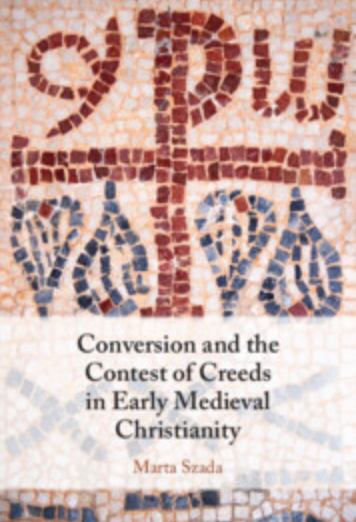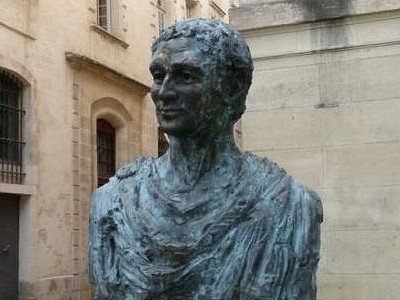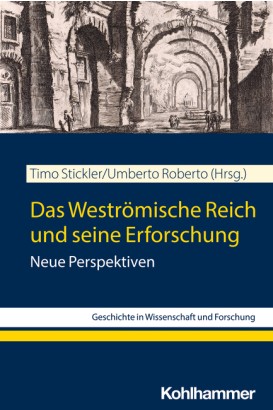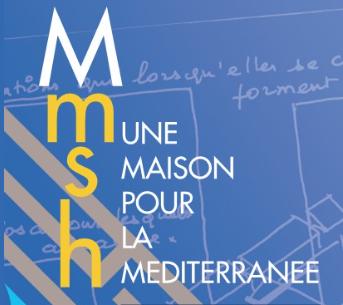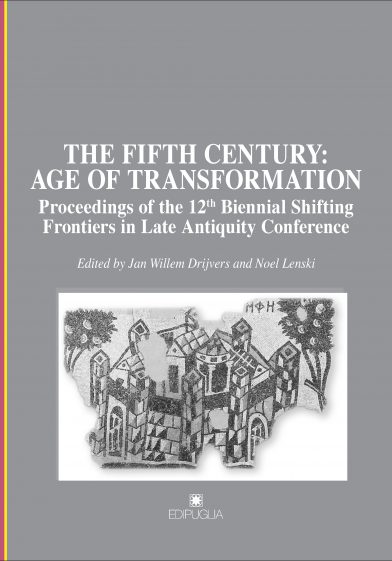Marta Szada’s book Conversion and the Contest of Creeds in Early Medieval Christianity (Cambridge, 2024) contains a chapter on ‘The Religious Controversies in Gaul and Hispania before the Goths’ (pp. 169-87).
This chapter analyses how the re-emergence of Homoianism among the Visigoths, Vandals, and Suevi was interpreted in the Nicene church in Gaul and Spain and what this reception reveals about Nicene–Homoian relations in the region in the fifth century. It also examines the evidence for the development of the Homoian Church and the increase in the number of Homoians.
Tags include Sidonius Apollinaris.
Link to the item in CUP’s catalogue.
The University of Bari is hiring a post-doctoral researcher for the project ‘Tradition and reception of Apuleius’ works in fifth-century Gaul’, with particular attention to Sidonius.
Advertisement here. Applications before 23 March 2024.
‘During the research period, the postdoctoral fellow will be required to trace an articulate picture of the reception and transmission of Apuleius’ texts in fifth-century Gaul. In particular, the research will concern the mentions of Apuleius and his literary output throughout the corpus of Sidonius Apollinaris. Although there is a consensus that he was read and appreciated by Apollinaris and his learned friends (notably Claudianus Mamertus), it is only through an exegesis of Sidonius’ Carmina and Letters that it will be possible to shed light on the linguistic and stylistic reception of Apuleius in the works of Sidonius and his literary circle of friends.’
Timo Stickler and Umberto Roberto edited a new volume on the history of the Western Roman Empire from 395-476: Das Weströmische Reich und seine Erforschung. Neue Perspektiven, Stuttgart: Kohlhammer, 2023.
Contents here. Contributors include Rene Pfeilschifter (the continuity of the local), Hendrik Wagner (Alaric’s Itinerarium), Frank Schleicher (patria and imperium sine fine), Henning Börm (shadow emperors), Mischa Meier (the later Attila), Timo Stickler (Attila magister militum), Laura Mecella (eastern officials), Jeroen Wijnendaele (delegation), Udo Hartmann (Damaskios), Hansjoachim Andres (Olympiodorus of Thebes), Tabea Meurer (otium), Roland Steinacher (North Africa), Philippe Blaudeau (christological controversy of 448-55), Carla Sfameni (paganism after Theodosius), Ignazio Tantillo (worshipping columns), Lucrezia Spera (the emperors and Rome).
Call for papers (by 30 October 2019) for the international conference ‘La Méditerranée occidentale au Ve siècle’, 22-24 April 2020, at the University of Aix-Marseille.
Edited by Jan Willem Drijvers and Noel Lenski, The Fifth Century: Age of Transformation. Proceedings of the 12th Biennial Shifting Frontiers in Late Antiquity Conference, has come out (catalogue Bari: Edipuglia).
The fifth century CE represents a turning point in ancient history. Before 400 the Roman Empire stood largely intact and coherent, a massive and powerful testament to traditions of state power stretching back for the previous 600 years. By 500 the empire had fragmented as state power retreated rapidly and the political and social forces that would usher in the Middle Ages be-came cemented into place. This volume explores this crucial period in the six broad areas of natural science, archaeology and material culture, barbarian and Roman relations, law and power, religious authority, and literary constructions. Assembling the papers of the twelfth biennial Shifting Frontiers in Late Antiquity Conference, The Fifth Century: Age of Transformation offers a comprehensive overview of recent research on this pivotal century in all of its ramifications.
Featuring, among other pieces: Veronika Egetenmeyer, ‘”Barbarians” Transformed: The Construction of Identity in the Epistles of Sidonius Apollinaris’ (mentioned on Academia), and Ralph Mathisen, ‘The End of the Western Roman Empire in the Fifth Century CE: Barbarian Auxiliaries, Independent Military Contractors, and Civil Wars’ (download from Academia).

